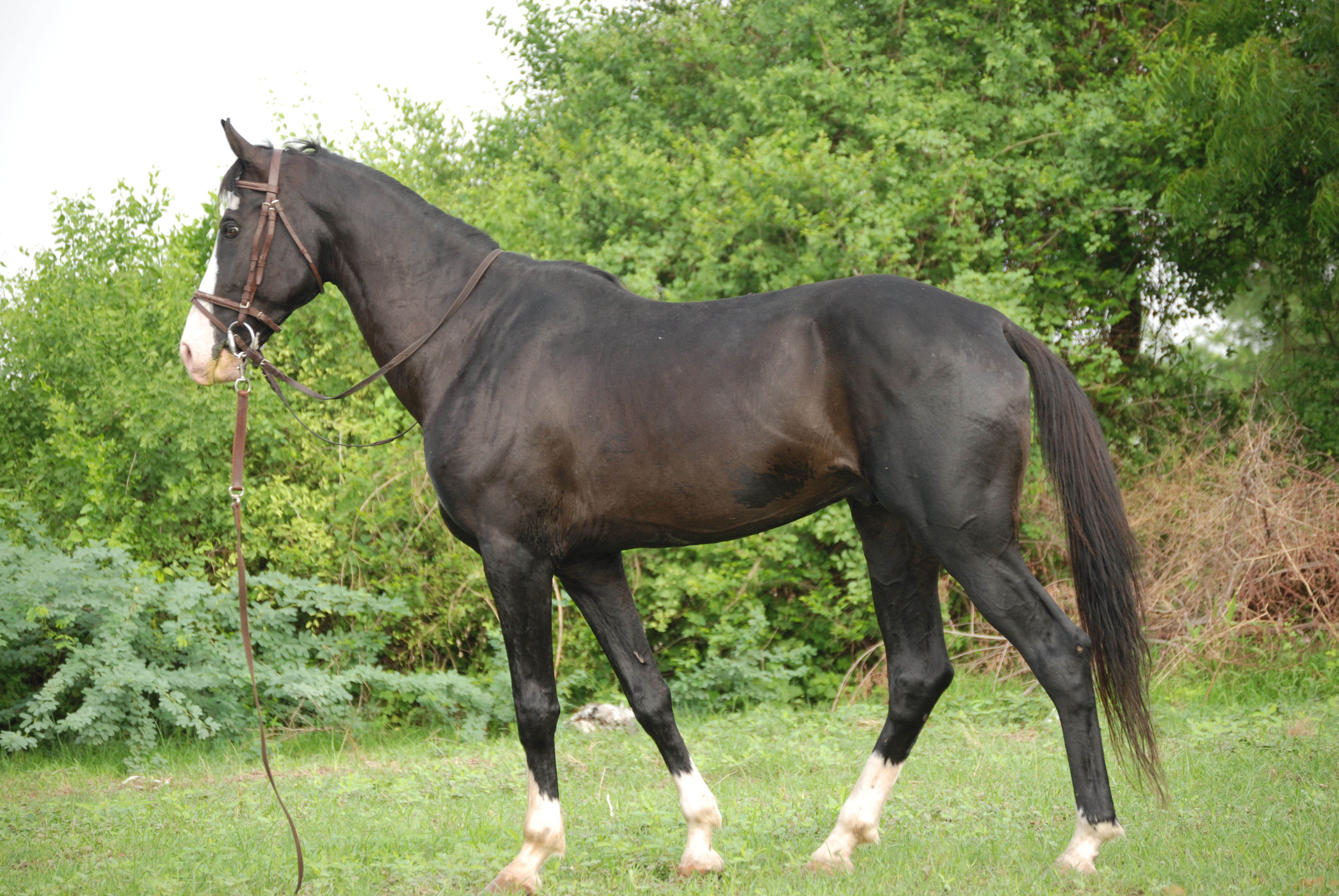Though it's generally agreed that the Marwari originates in India, there's not much more known about the ancient history of this magnificent breed. We do know that horses with similar features, specifically the curved ears, appear in cave paintings that were in existence in 2000 BCE in the Rajasthan region of India. Indian warriors, usually referred to as Rajputs, used these horses as cavalry mounts. They have also been used as ceremonial mounts in various parts of the world.
Standing between 14.2 and 16 hands high, the Marwari is an average size horse. Its most amazing feature is clearly the curved ears, though no one really knows why the ears developed this curve. Some horses have ears that actually touch or cross, giving them an even more exotic appearance. But the ears aren't the only impressive feature. They also have gracefully arched necks and are sometimes born with a pacing gait called either the apchal or the revall.
The Marwari is a true desert horse, but it's not exactly like other desert horses. Though not exactly stocky, this breed is certainly heavier than you might expect, almost as heavy as the Spanish horses. They have a similar build to the Kathiawari, though we don't exactly know much about that breed either.
Available in just about any color (except chestnut), the Marwari is used today to pull tourist carts and is also frequently ridden by police and for ceremonial events such as weddings and festivals. For more information on this special breed, visit Horse Marwari.

No comments:
Post a Comment